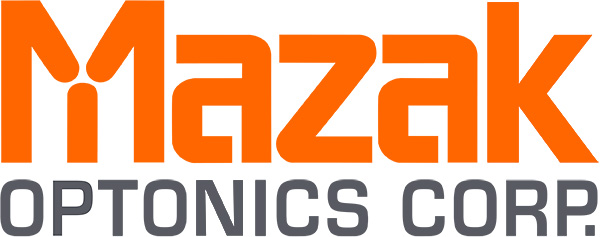Laser cutting gives contract manufacturer the ability to make almost anything from tubing

Superior Tube Products Inc. is a family-owned contract manufacturer that specializes in the fabrication of metal tube and pipe, parts and assemblies. Founded in 1991 with three employees, the Davenport, Iowa, shop has more than tripled its manufacturing footprint since 2002 and now employs 50 people. This growth was made possible through flexibility and diversification, Superior Tube Products General Manager Keith Niebur says. “We are a one-stop solution for clients by offering bending, laser cutting and robotic welding capabilities.”
Due to industry trends, quoting activity and years of intense research, Superior’s technological research and analysis of market needs, it decided to target a growing demand for larger structural tube applications. They made the decision to target the growing demand for larger, structural tube applications.
“Our capabilities include multiple forms of cutting such as saw, laser and machining; and we consider our core competency to be tube bending,” Niebur says. “We bend metal tubes such as carbon and stainless steels and nickel from 0.23-inch OD all the way up to 10 inches, plus all sizes and shapes in between. Quite often we’re bending, laser cutting, and ultimately robotically welding a complex assembly for our customers.”
 Superior Tube Products found a machine that could grow their business, the 3D FABGRI GEAR 400. Featuring a powerful, high-precision 6-axis laser, the 3D FABRI GEAR 400 can handle larger, longer, thicker and heavier material than similar machines due to its rigid workpiece handling system incorporating a four chuck design.
Superior Tube Products found a machine that could grow their business, the 3D FABGRI GEAR 400. Featuring a powerful, high-precision 6-axis laser, the 3D FABRI GEAR 400 can handle larger, longer, thicker and heavier material than similar machines due to its rigid workpiece handling system incorporating a four chuck design.
Superior Tube Products targets “diversification by design rather than targeting a specific industry” with its fabrication and subassembly services, says Niebur. “Our goal is to keep our revenue per customer and industry at less than 15 percent of our total revenue. We’ve been fortunate through the years to have no layoffs as a result of economic decline, thanks in main part to this strategy imparted by our CFO. The owner of our company has a pretty frank motto regarding our approach to customers: ‘If there’s metal tube involved, we’re interested in taking a look at your project.’”
Niebur’s team performed an “intense amount of research and vetting” before selecting the FABRI GEAR 400, studying “factors including, but not limited to, industry trends and quoting activity. The FABRI GEAR 400 ended up fitting our needs best based on business we had earned over the years,” he continues, noting that the machine “is designed to laser cut thick-wall hollow structural sections (HSS) and that’s the area where we wanted to build capacity.”
Every customer, he says, “wants to hold tighter and tighter tolerances and we know this equipment can achieve it. It means that the customer when they put this finished tube into their own line, can weld it with robots rather than using people who are hand welding.”
The FABRI GEAR 400 has impacted their business positively by enabling Superior Tube Products Inc. to expand its business into new markets and reducing labor costs due to the material handling efficiencies of the system. What was taking two operators prior to owning the FABRI GEAR 400, now only takes one operator.
“It has had a positive impact on our labor costs due to the material handling efficiencies of the system; basically what we were doing with two operators prior to owning the machine we’re now doing with one,” says Niebur.

“It has diversified our capabilities, giving us opportunities to enter new markets. With the Mazak, we are more aggressively targeting products made out of larger HSS both at larger diameters and greater thickness. We are also able to produce more quickly with the automation provided with the machine,” he says.
Advancements in 3D laser technology has drastically changed, Applications Manager Mark Mercurio says, “I can cut anything I can dream up. Go back 10 years. If you needed tubing for an assembly, there were only a few ways to cut it [so component manufacturers] designed around that. But now, you can cut a tube like you would a flat product. It’s more aesthetically pleasing and the tubing product lends itself to greater accuracy.”
A tube fashioned through a laser cutting process “can be part of its own fixture, interlocking with the next piece in an assembly,” Mercurio suggests. “That alone can shave 30 to 40 percent off the time it used to take to finish a product because assembly is labor intensive.”
Mercurio explains, “With laser cutting, everything fits properly and the welding is faster. Your savings are mostly there. Looking at a whole line of fabrication and assembly, people are saving even more than what they estimated.”
Article published in the August issue of Modern Metals.
